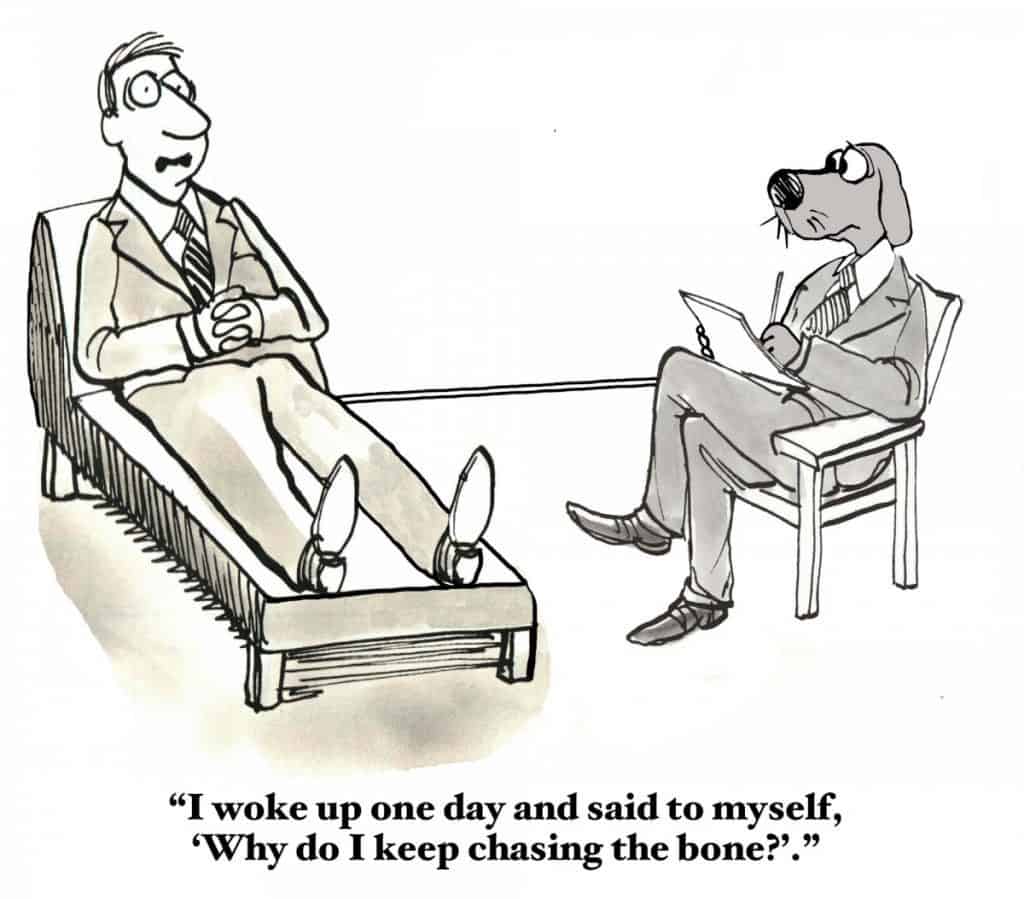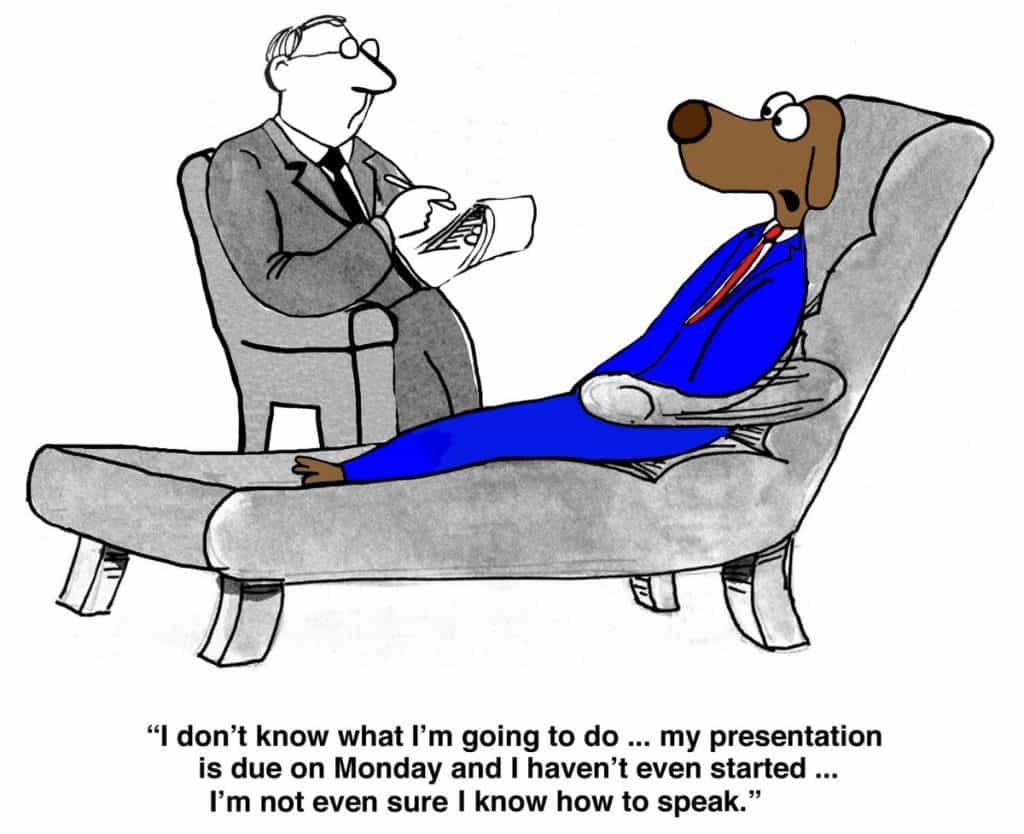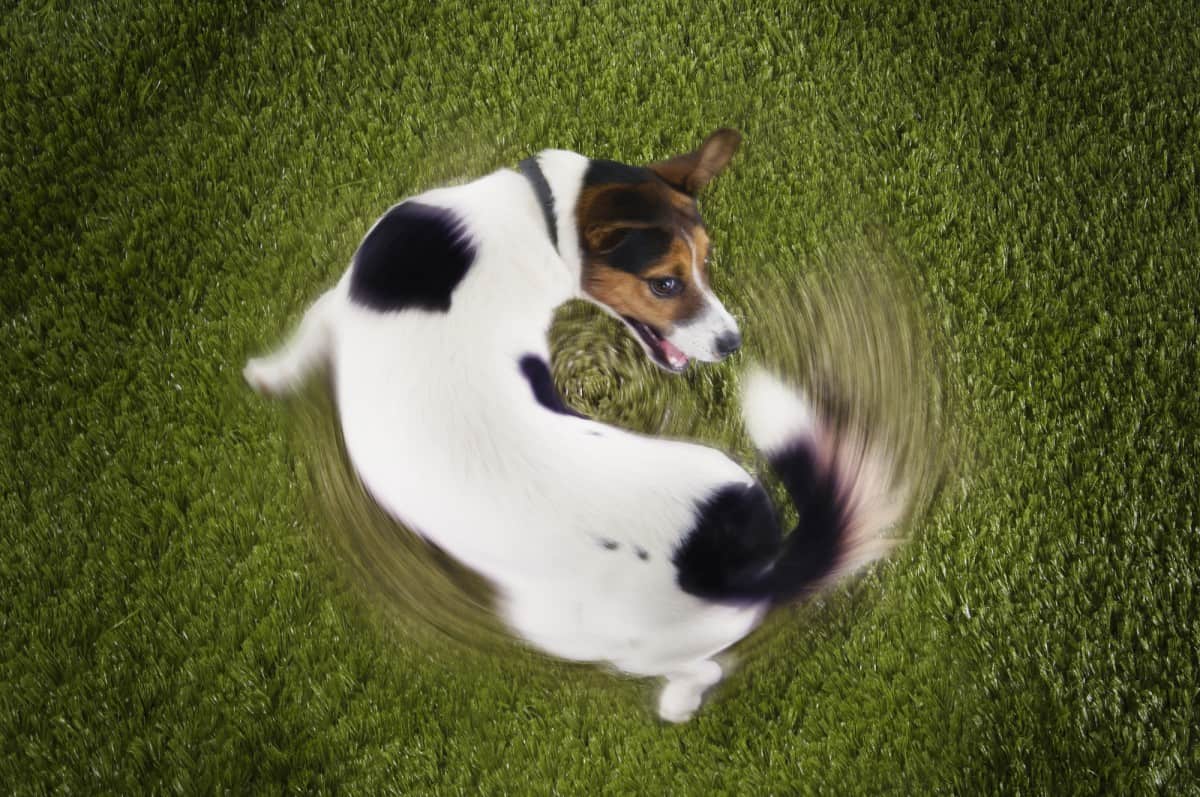Why do dogs chase their tails? Most dogs chase their tails for fun but there is a host of other reasons why your dog may be doing this and occasionally it can be a sign that something is wrong. Some do it because of boredom, other dogs want attention and some will do it because they are stressed or have some other problem, possibly medical.
In this post, we will talk in-depth about why dogs chase their tail. The reasons for this phenomenon will be thoroughly expanded on. This way, you can know whether your dog is being playful or if something is wrong.
Most of the time, tail chasing isn’t a problem. When it does become one, you should know the signs. We will tell you what to look out for in case something is wrong with your dog. So keep reading to find out why your dog is chasing its tail!

Is your dog just being playful?
Most tail chasing is the result of a simple explanation, boredom. Any dog gets bored when they are left alone for hours on end. Maybe you are out at work or doing errands. You can’t help it but your dog has no one to interact with for large chunks of the day. In this situation, tail chasing is likely to occur.
If your dog is not being played with, or given enough attention, they resort to their own forms of amusement. It may seem silly to you, but your dog is chasing their tail to get in the physical activity they are missing out on.
If your dog is not able to exercise often and release their energy they will chase their tail more. Tail chasing, in this case, is a symptom of lack of physical activity. If you want to stop your dog from chasing their tail, all you need to do is play with your dog more.
Try to make time in your day to engage with your pet physically. Maybe take them out on more walks, or throw them a toy. If you can’t find more time in your day, give your dog something interesting like a toy to play with. A toy with a treat hidden inside could be a great solution.
Does your dog want attention?
In some cases, dogs do this purely for attention. They get enough exercise, but they want their owners to play with them more. Some pet owners laugh or pet their dog when they chase their tail. This is a form of positive reinforcement. You give attention to your dog and they think it’s good for them to chase their tail. In short, your pet learns that you will give them attention when they chase their tails.

The opposite of this can be true as well. A dog can get scolded by their owner for tail chasing and learn to associate their act with attention. They start chasing their tail to get you to look at them. Even if you get mad they keep doing it because it brings your attention to them.
To prevent this from continuing, the best thing to do is ignore your dog when they chase their tail. This way they stop associating attention with the act of tail chasing.
Does this have anything to do with your dog’s age?
Tail chasing could happen for entirely different reasons though. Some dogs chase their tails or chew on them because of their age. Young dogs, in particular, are unfamiliar with their own bodies. Puppies don’t have a full-body awareness of themselves. They might not even know that their tail belongs to them so they chase or chew on it.

The same situation can occur with older canines. As animals age, their mental capacity decreases. Dogs become less and less aware as they get older. Aging dogs might start chewing on their tails without really knowing what they are doing. In this case, you might want to see a vet. Your dog could be developing a cognitive issue that needs to be remedied by medication.
Does tail-chasing have medical implications?
Your dog could be suffering from a health issue if they are chasing their tail continuously. And if they start running after their tail out of nowhere you might want to consult a medical expert. Tail biting should also be looked at.
One reason your dog might be chasing its tail is due to injury. Dogs tend to pick at scabs and open wounds. Alternatively, your dog could have allergies and the skin is irritated. A vet can prescribe medication and help with these health issues.
When looking at other common medical causes of tail biting, chasing parasites might be the answer. Fleas can hide in your dog’s tail and cause them to chase it. Again, you’ll want to see a vet if your dog continues to bite themselves. And even if our dog does not have fleas, they could have something more serious going on.
Only a trained vet will know what is wrong with your pet. So get them checked out soon.
Does my dog have a disorder?
Dogs are not immune to psychological disorders. Like their human counterparts, some dogs can develop OCD. Humans tend to get obsessed with hand washing, door closing, and other inane daily tasks. In animals, this may manifest in an obsession with their tail. The development of this tail-chasing obsession in dogs can usually be traced to anxiety.

Dogs can experience separation anxiety from their owners. Another source of anxiety could be coming from an external source though. They could be nervous when new people come in the house, or when animals outside bark. Maybe it has nothing to do with anxiety.
Perhaps they just got in the habit of chewing their tail. Tail chewing is soothing to dogs who are injured. And they might keep doing it after they are healed.

OCD in dogs can be a serious condition. Luckily though, veterinarians and dog behaviorists are trained to help your pet. Medication and behavioral adjustment can help your dog stop chasing their tail and biting it.
Conclusion
Tail chasing can be amusing or concerning depending on the typical habits of your dog. If your dog continues to chase its tail for extended periods of time, it might be best to bring them to a vet. Tail chasing can be cute to pet owners, but it can have serious health implications in the long run.
Other Questions – Why Do Dogs Wag Their Tales? Read This
Resources:
-VCS Hospitals
-cesarsway.com





